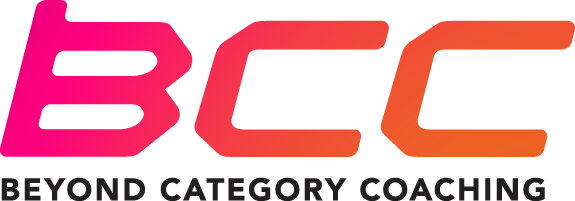Fueling for Your Next Gravel Event
By Frank Pike, Founder and Head Coach of Beyond Category Coaching
Why Fueling Strategy Matters for Gravel Rides
Whether you're heading to Gravel Worlds or gearing up for another epic day on gravel, your nutrition and hydration strategy can make or break your experience. Long adventure rides and races come with unique challenges: remote terrain, limited aid stations, and unpredictable conditions. That’s why it's critical to plan ahead—so you can ride strong from start to finish.
Here are the fueling and hydration tips I give every athlete before a big effort. Use these for race day and your longer training rides to set yourself up for success.
Hydration Drives Nutrition
Before we talk about calories and food choices, remember this: hydration comes first. When you're even slightly dehydrated, your gut slows down—and that means the food you're eating doesn’t get absorbed efficiently. Not only does this reduce your energy, but it can also lead to gastric distress, a major reason riders DNF. You can fix a fueling problem relatively quickly, but fixing a hydration or heat issue takes much longer. So: drink before you eat.
Separate Your Fluids and Fuel
One smart way to prioritize hydration is to keep calories and fluids separate. Sports drinks can offer a good mix of hydration and energy, but when it's hot or the effort is high, you’ll need to drink more fluid than those drinks alone provide. Carry both: a bottle with your carb/electrolyte mix, and one with plain water or a light electrolyte mix so you can adjust on the fly.
Pre-measure drink mix in zip-top bags and stuff them in your jersey or frame bag. It’s an easy way to reload at aid stations—and makes those “fast calories” more accessible later in the ride.
Match Food Type to Effort Level
Many athletes start big rides with real food—things like bars, sandwiches, or rice cakes. Early in the day, when your effort is more manageable, your gut can handle slower-digesting fuel. But most gravel events start fast, and the first 1–2 hours are often the hardest as you find your group. Have “fast calories” (like gels, chews, and sports drinks) ready for this high-output window—even if the ride is long.
Once you settle into your pace, go back to solid food for more sustained energy. Later in the ride, when your gut is more sensitive, switch back to simpler fuel again.
The key? Pack a variety, test what works in training, and bring more than you think you need.
Leave Aid Stations with Enough for the Unknown
id stations may be spaced by mileage, but terrain, heat, wind, or mechanicals can stretch that distance by 30–90 minutes. Don’t just fill your bottles—drink one while you’re stopped. It’s like leaving with an extra bottle.
As a rule of thumb, carry enough fluid for your expected ride time, plus an extra 45–60 minutes. Yes, it’s heavy—but not finishing due to dehydration is heavier.
Avoid the Gut Bomb
Even with a solid plan, you might feel your stomach turn. If that happens:
Slow down
Cool down (shade, water, open your jersey)
Sip plain water
Slowing just slightly helps redirect blood flow to your digestive system, improves absorption, and reduces internal heat. Don’t panic. Just back off and reset. You’ll be surprised how quickly your body bounces back.
Pro Tips for fueling your race
Aim for 40–60g of carbs per hour (some athletes can handle up to 90g/hr).
Most bars = ~40g carbs; most gels = ~25g carbs. Plan accordingly.
Minimum 1 bottle per hour, more in heat or high effort.
Hydrate first, then eat.
Pre-open bars or unwrap solid food—it’s faster and safer on rough roads.
Down a bottle at each aid station before you fill up.
Don’t try new foods on race week—train with what you’ll use.
Eat your biggest meal 2–3 hours before the start: 100–150g carbs, 30–40g protein, some fat.
Take the Guesswork Out of Fueling
Bonking sucks. Don’t let poor nutrition planning ruin your ride. A personalized strategy gives you the confidence to perform at your best—whether your goal is to finish strong, set a PR, or simply enjoy the ride.
Start with a Blood Lactate Test
This simple test reveals how your body burns fuel across different effort levels—information that’s key to building your customized race-day nutrition plan. From there, we’ll help you create a fueling strategy that fits your goals, your body, and your event.
👉 Learn more about Blood Lactate and book a free consult call
Until next time, keep training smart and riding strong.
-In order to go freakishly fast you must go stupid slow
-Training without a structured plan is just riding
-Every ride has a purpose
